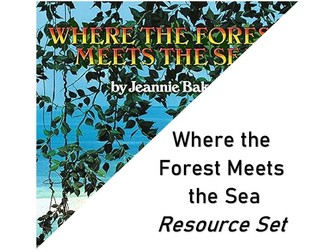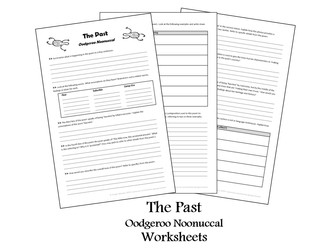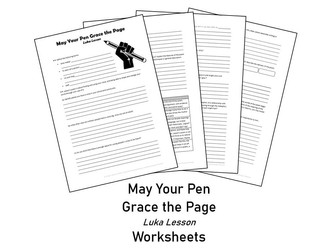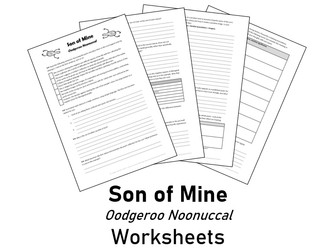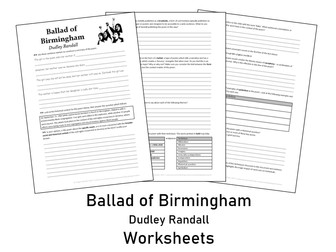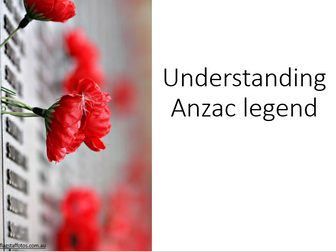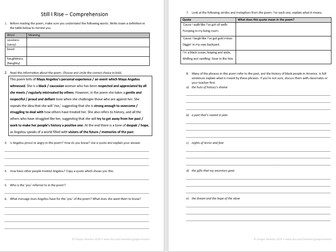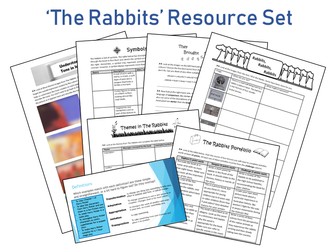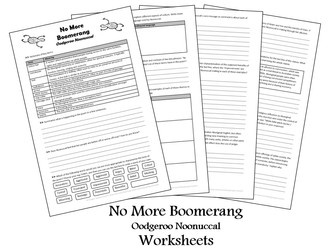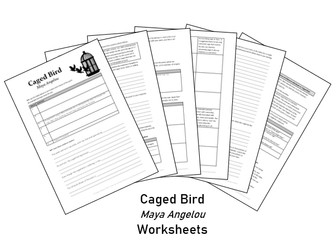Where the Forest Meets the Sea - Resource set
<p>This resource set includes six different worksheets on Where the Forest Meets the Sea by Jeannie Baker. These are aimed at a middle school/upper primary/early secondary audience and focus on a range of skills including close analysis of techniques and the features of informative and persuasive texts.</p>
<p>The set includes:</p>
<ul>
<li><strong>Writing an informative text</strong> - This worksheet looks at how informative texts also use features of creative writing to make the text more engaging. Students consider how informative and narrative texts use language techniques, and how to employ these in their own writing. (2 pages, plus an extra page with a simpler version of page 2)</li>
<li><strong>Writing a persuasive text</strong> - This structured worksheet goes through a range of features of a persuasive text and includes a range of activities with sample texts and opportunities to imitate the techniques in their own writing. The skills highlighted are modal language, structure, appeal to emotions, attack, language choices and imagery. (7 pages)</li>
<li><strong>Themes</strong> - This worksheet looks at the key themes in the book, namely sustainability, change, continuity and time. Students complete a table with the messages on each theme and examples from the book, then answer some short questions on these themes. (2 pages)</li>
<li><strong>Image analysis</strong> - Using a sketch which roughly represents the patterns of selected pages from the book, students match a description of the techniques in the image, as well as an explanation of the message conveyed. Each of these is a short paragraph describing how Baker has composed her images to incorporate specific techniques (eg. vectors, lines, contrast, dark and light) and ideas (eg. transition, scale, protection, curiosity). (5 pages plus answer key)</li>
<li><strong>Crafting with nature</strong> - a creative activity where students create their own page to supplement the book. Includes stimulus text for possible book pages. (1 page)</li>
<li><strong>Treasure hunt</strong> - a quick activity that acts as a bit of a ‘Where’s Wally’ in the book. It encourages students to focus on the details and look closely at the images rather than skip through. (1 page)</li>
</ul>
